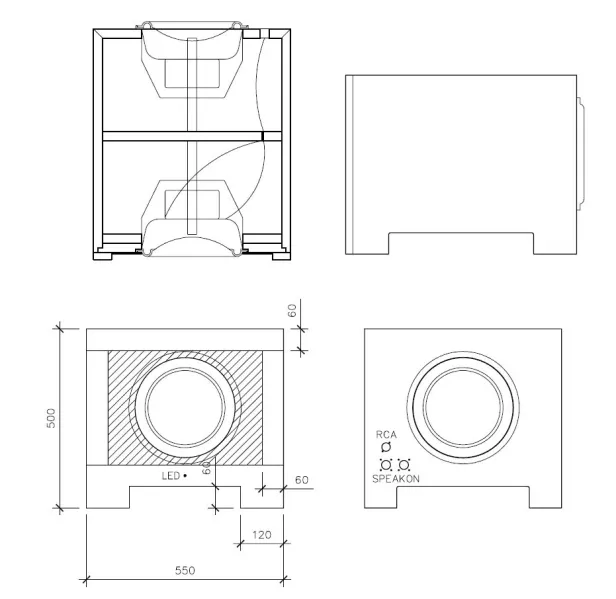Your wish is my command! This is 20-200Hz unsmoothed.
View attachment 333317
@Geert all the full range measurements have subs included. It is not possible to remove the subs and still get a decent measurement. As I indicated earlier, the speakers have been modified with a replacement woofer that is linear between 50-800Hz with very little bass output below 50Hz. This was a deliberate decision, because I knew that I would be removing all sub frequencies from the main speaker.
Thank you. But before even commenting that, I see that you're writing that the full range uncorrected measurement also includes your subwoofers. The response of your subs uncorrected is absolutely horrible. You should really try to move them around to improve the response before applying any EQ. Like others here I'm a bit worried what your DSP has done to correct that.
EDIT: I see now that you only have two subs with four drivers. Anyway, I would strongly recommend testing to run them in mono and EQing them as a pair.
On the topic of your 20-200hz graph: As replied on your fullrange graph, you have too steep roll-off from 80-200hz or 80-300hz depending on what curve you're looking for. It's also seems like you're both tuning the speakers and the room at the same time? It's a bit problematic since we don't know the natural curve of your speakers in-room. Ideally they should be tuned to be reasonably flat anechoically/nearfield first, and then we can see how that looks in the room, and then the bass should be tuned to more or less match that. Now you're just forcing the speakers to a given curve without really knowing what the room is contributing.
Last edited:

